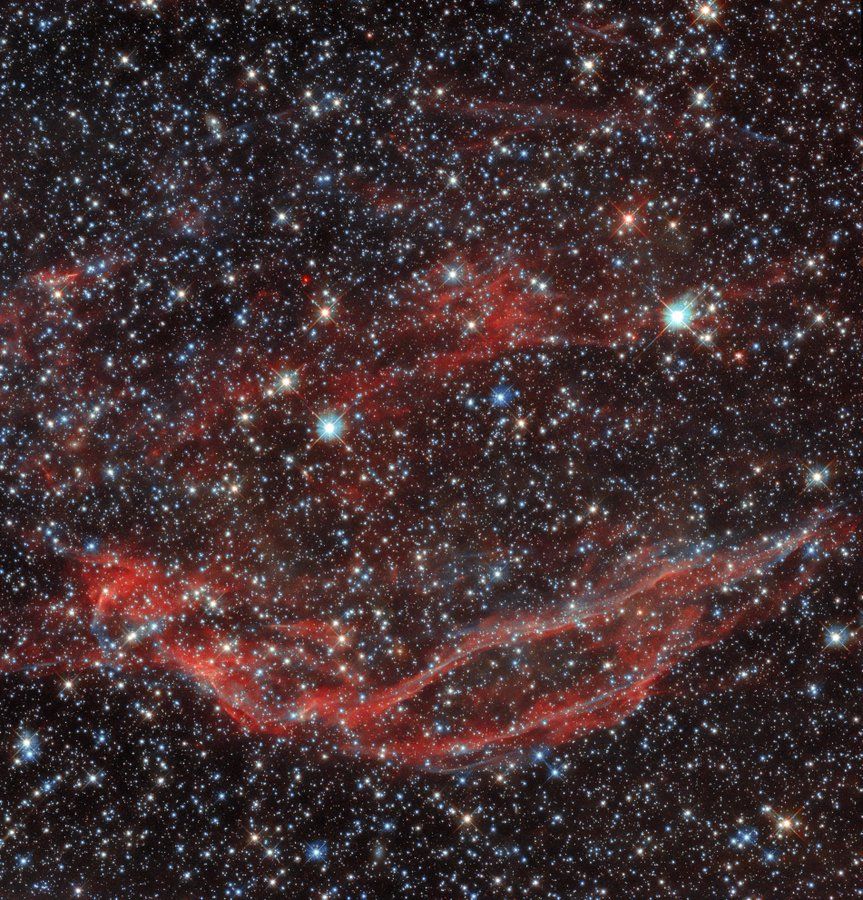American space agency NASA joined the country’s Fourth of July celebrations on Monday, marking the 246th Independence Day. NASA shared a photo of a supernova, which resembled the United States’ “Star-Spangled Banner.” The photo was captured by the Hubble Space Telescope.
The space agency wrote in a social media post, “Here’s a red, white, and blue Hubble view of DEM L249, showing stars and the aftermath of a supernova”, while wishing a “Happy Fourth of July.”
Also Read: Inside Biden-led White House’s Fourth of July celebrations: Watch
NASA revealed that the DEM L249, the supernova remnant shown in the picture, was part of the Mensa constellation and lies within the Large Magellanic Cloud, LMC. It is considered to be a small satellite galaxy of the Milky Way and nearly 160,000 light-years away from our home planet.
The photo was captured by the Wide Field Camera 3 of the Hubble Space Telescope during a routine and systematic search of the LMC, according to NASA’s website. The photo was taken as part of a research that would determine the surviving companions of white dwarf stars which have gone supernova.
NASA 360, a page designed by the space agency to post cosmic photos, also joined the Fourth of July celebrations. Photos of Cat’s Eye Nebula, NGC 2392, Helix Nebula, and the Ring Nebula were shared and called “cosmic fireworks” to mark the Fourth of July celebration.
Also Read: This Fourth of July, your beer may be cheaper than hot dogs
How have American astronauts celebrated the Fourth of July in space?
While Houston did pass on short Independence Day greetings to American astronauts in space since the inception of the space programme, July 4 celebrations took off after 2000. By this time, permanent human presence in space was essentially ensured as the International Space Station was deployed.
Celebrations tended to be low-key, but the entire crew regardless of nationality had the day off from their regular duties. July 4, 2006, marked the first, and so far only, time that an American crewed spacecraft launched on Independence Day, the liftoff like a giant birthday candle.







